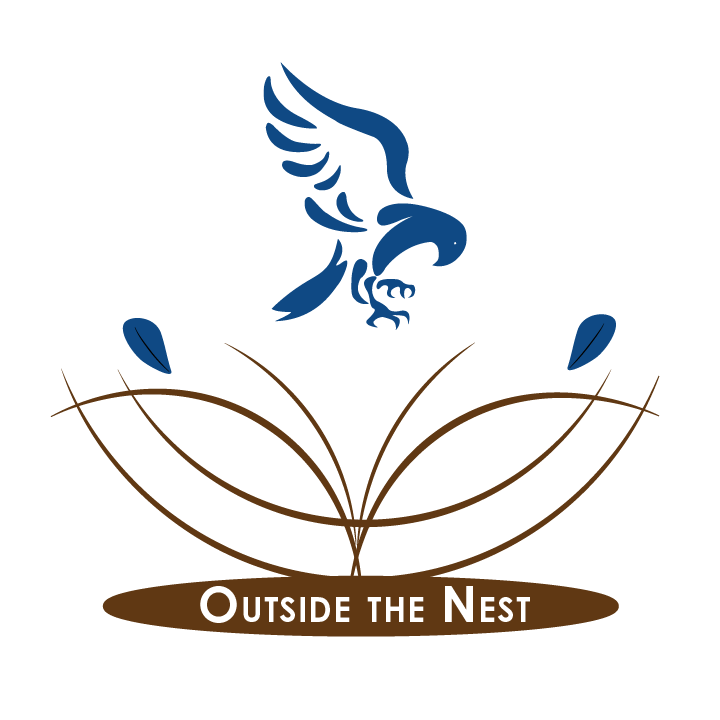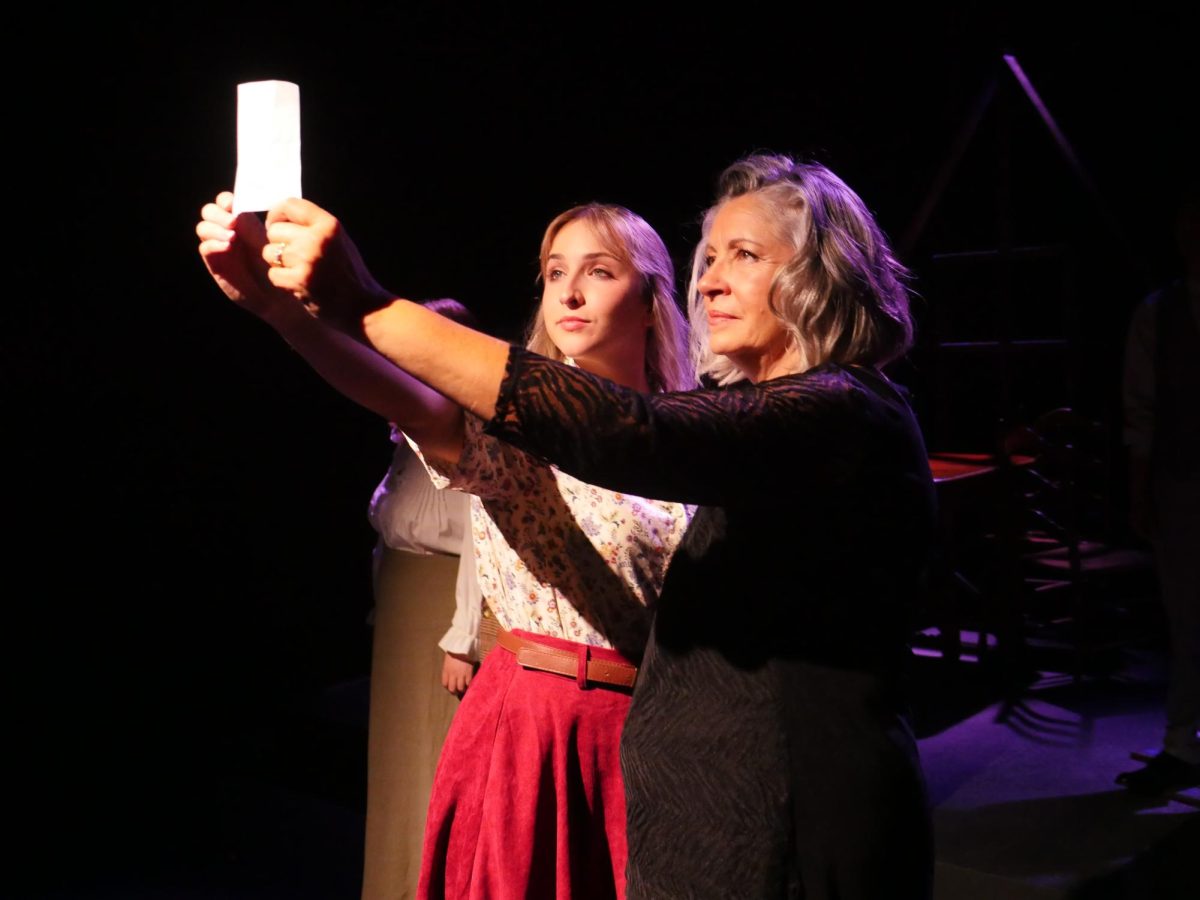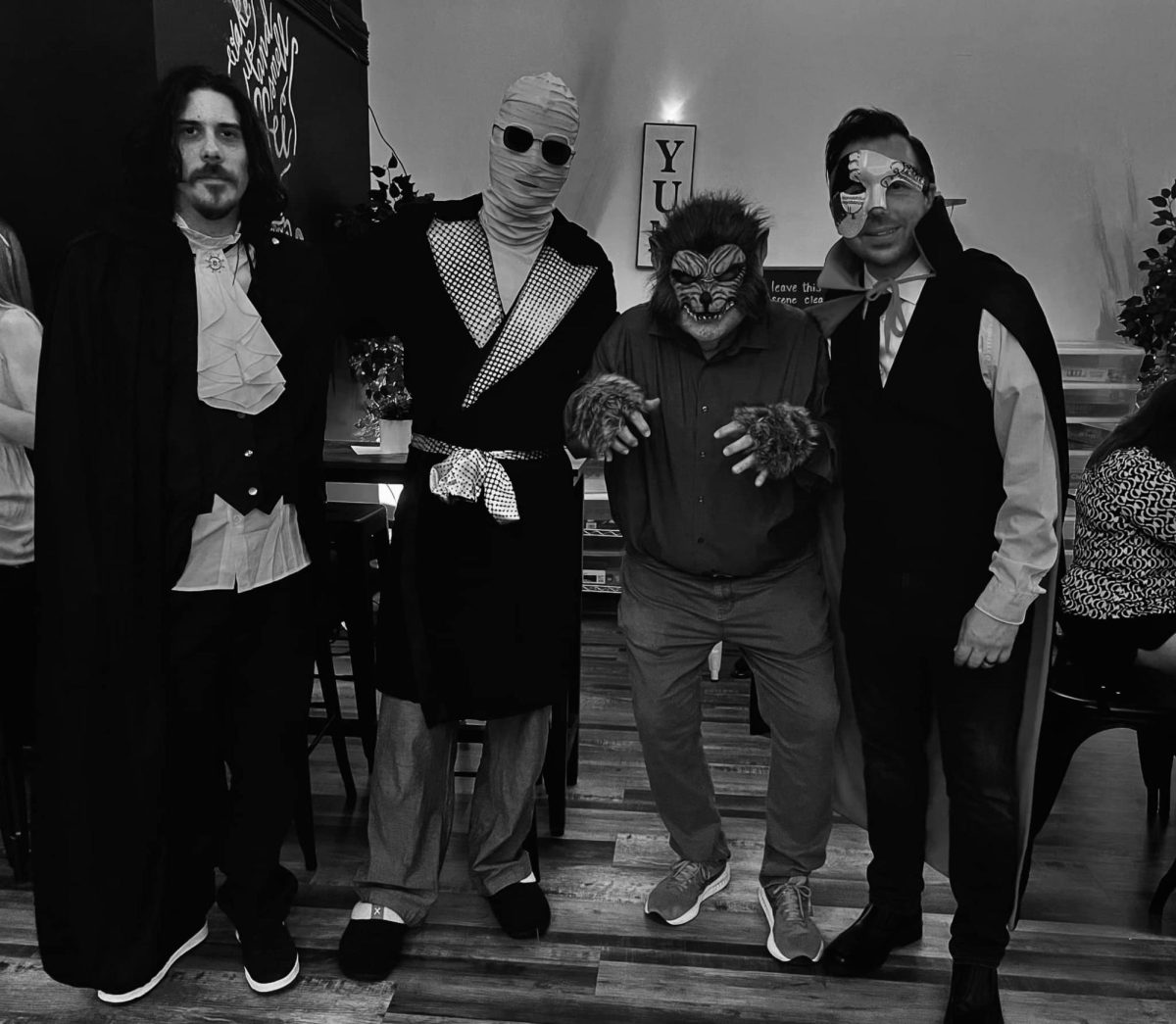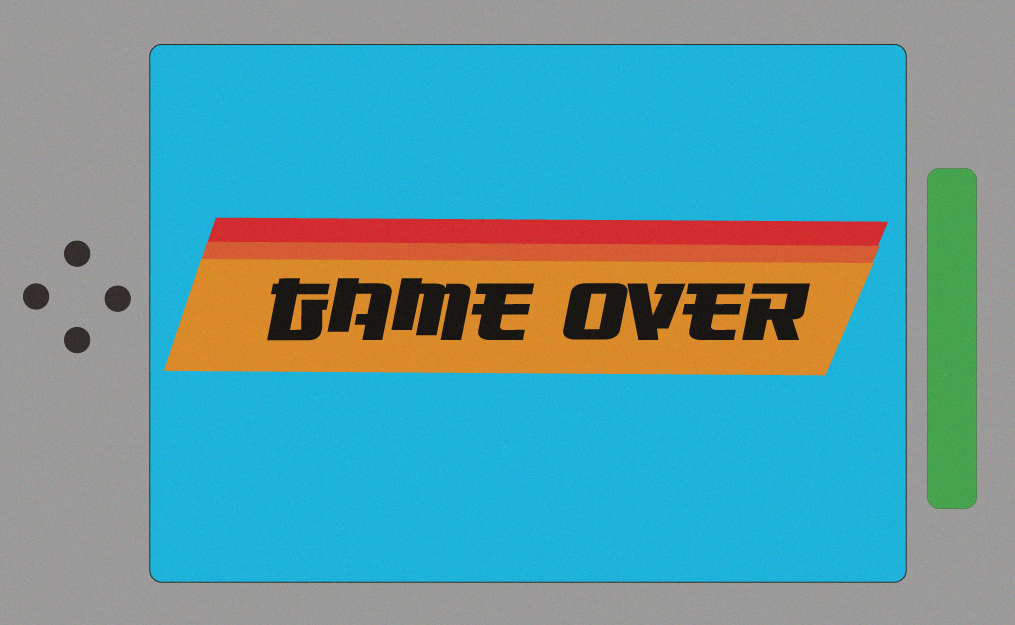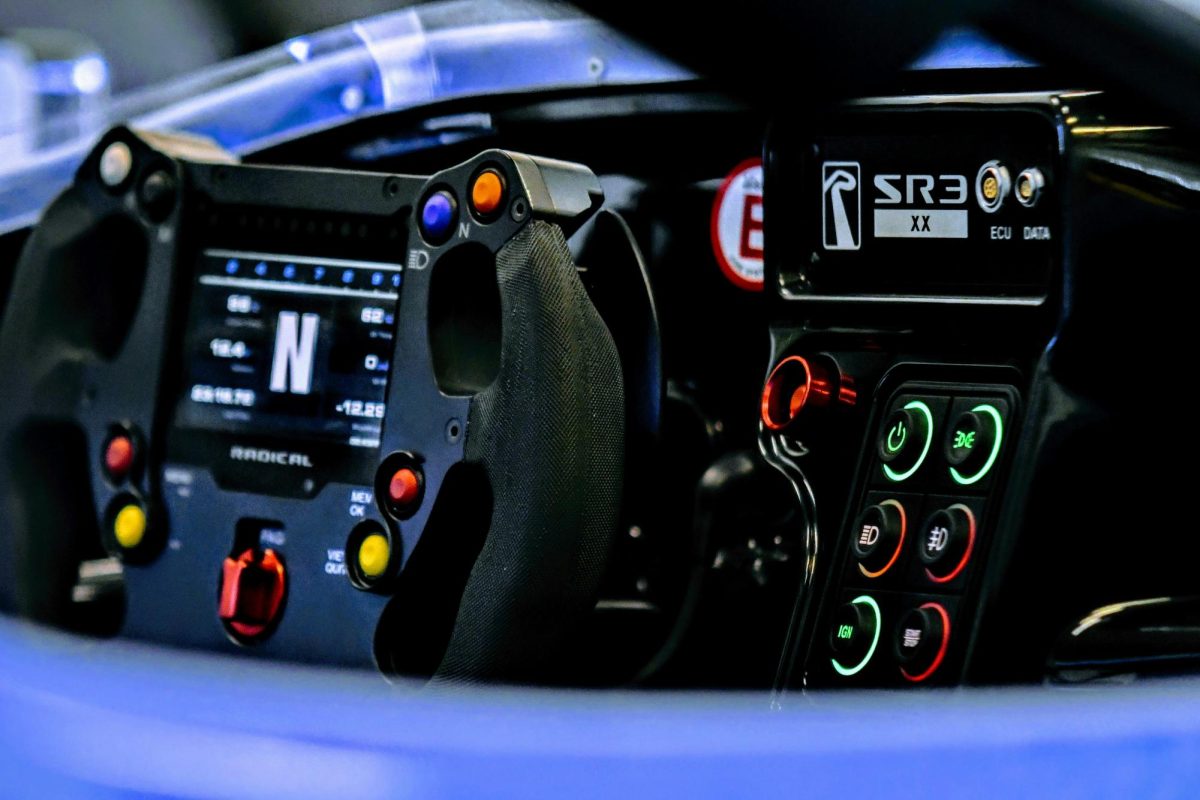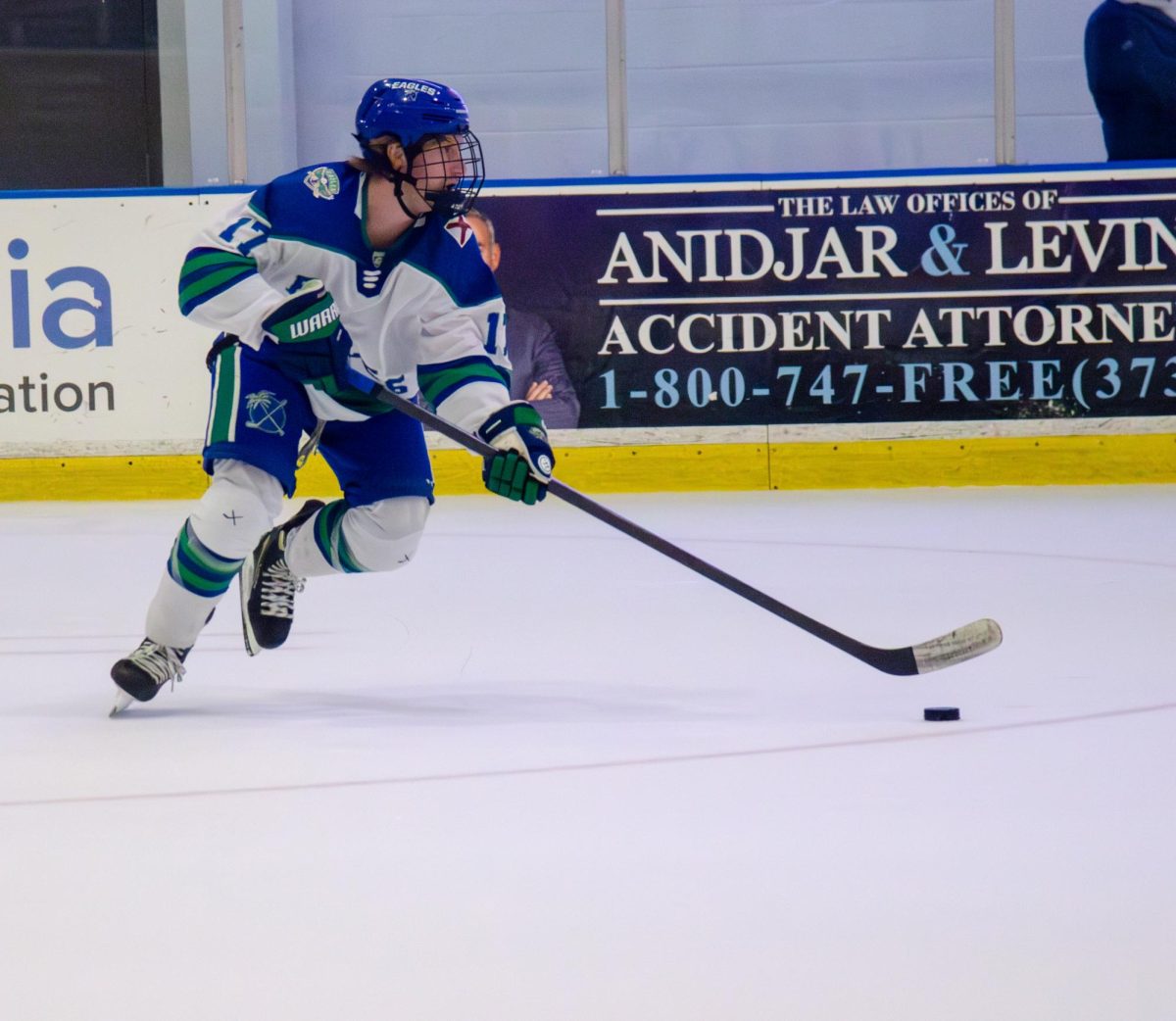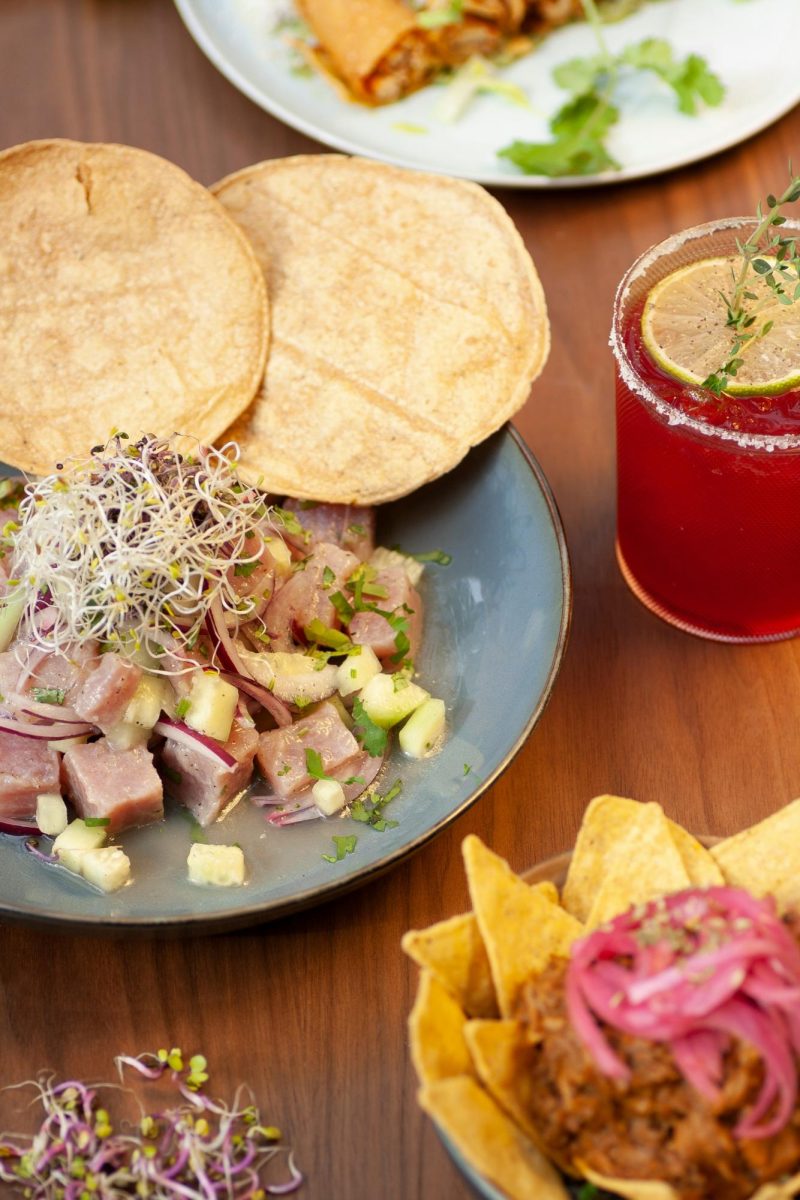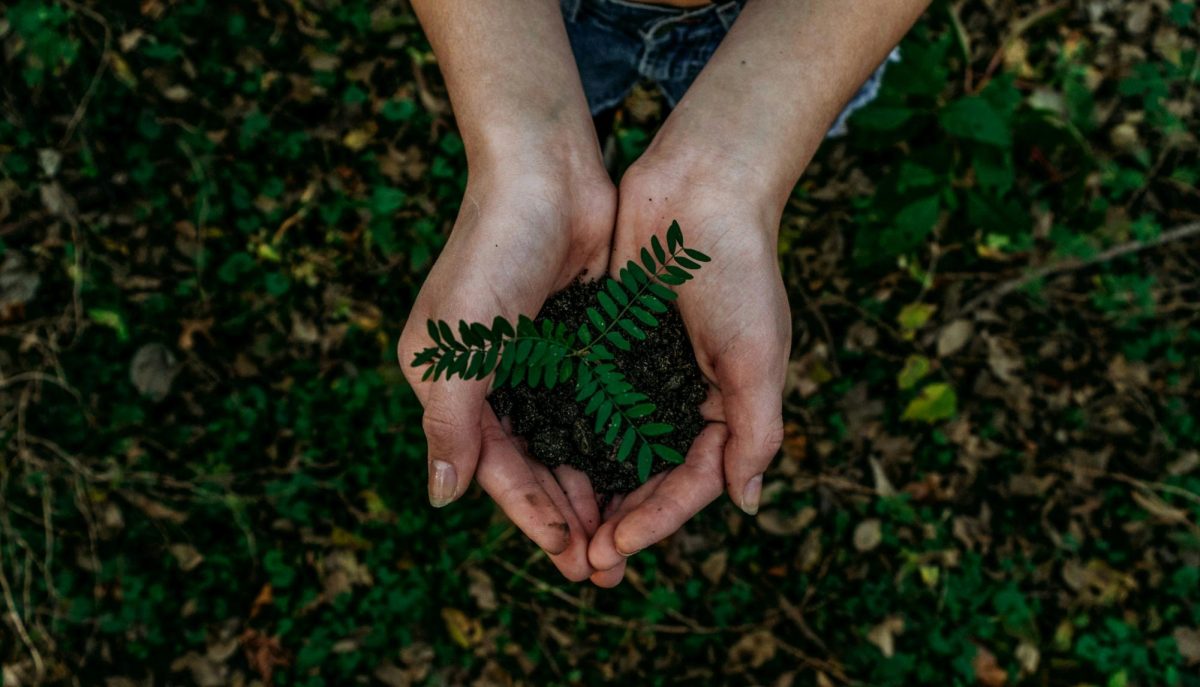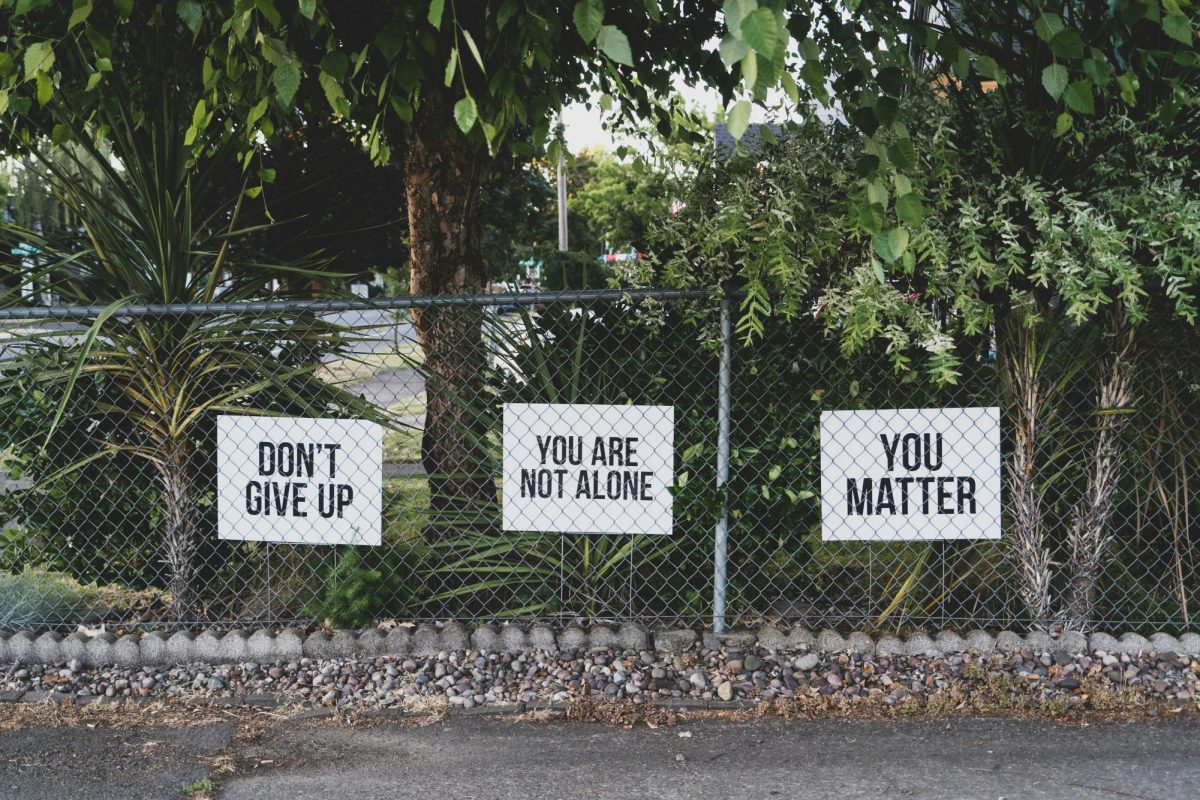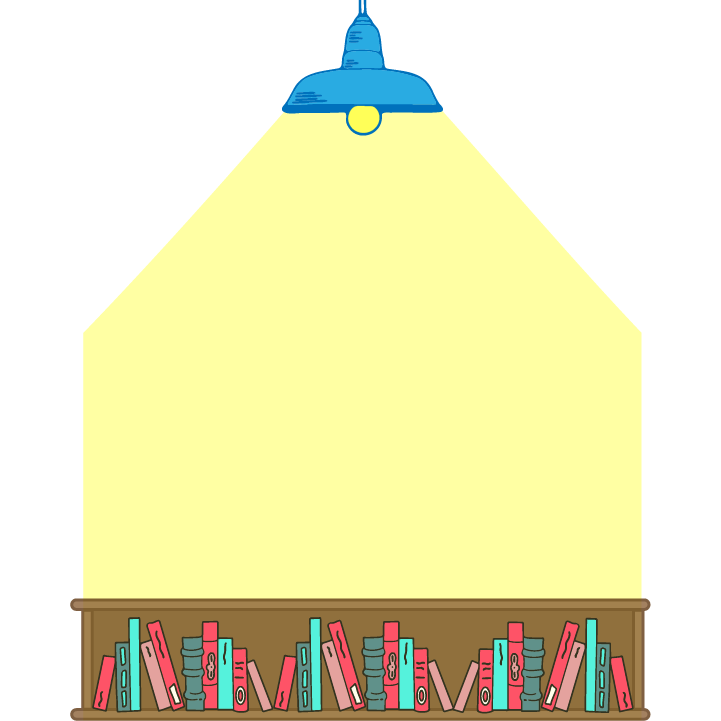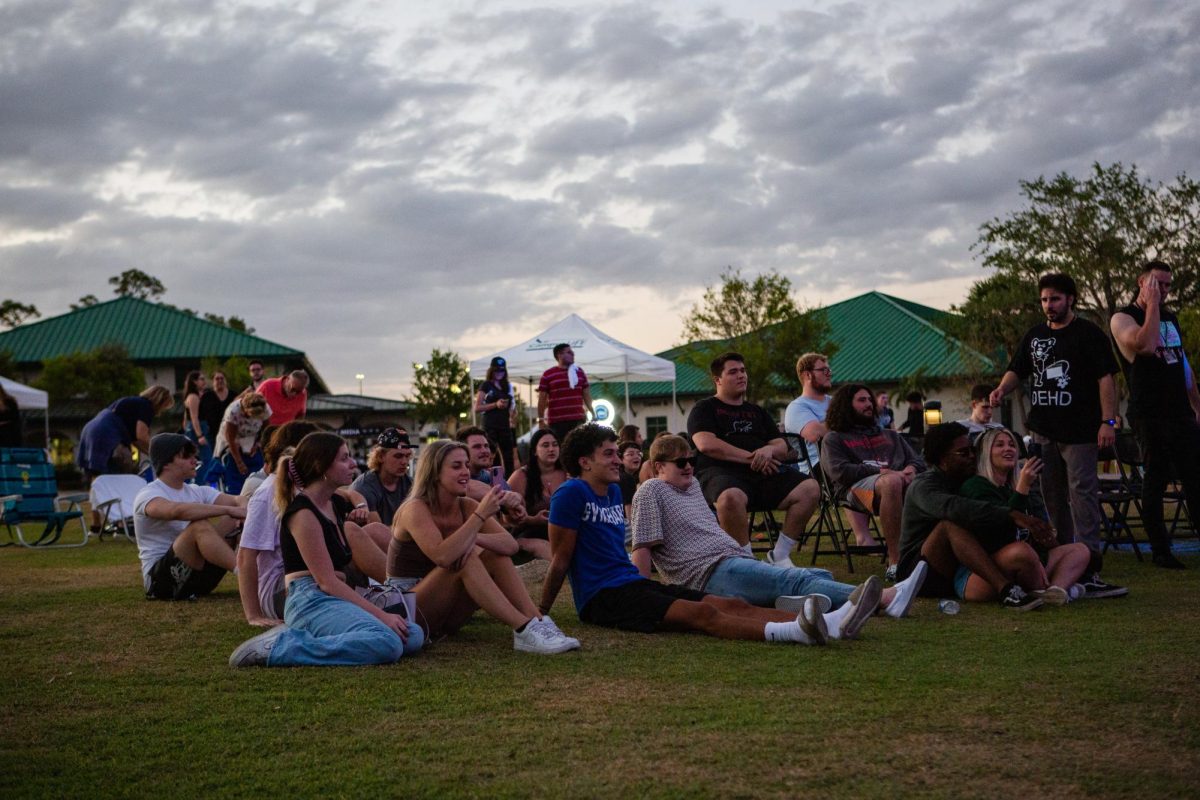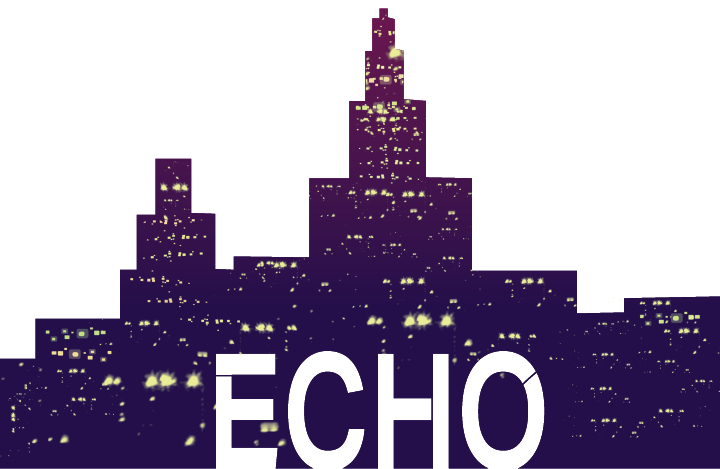

 I am an art major here at Florida Gulf Coast University and I graduate in December. You might have seen me scurrying around between the arts complex, art history classes and chemistry classes.
I am an art major here at Florida Gulf Coast University and I graduate in December. You might have seen me scurrying around between the arts complex, art history classes and chemistry classes.
“What chemistry classes?” you may ask.
As I just finished my Organic Chemistry II class in the spring, you can bet I was the only non-science major in there, much less an art major. But that’s what you have to take to go about studying art restoration.
Another practicality you need is experience. I’ve been working with an art conservator for about a year now, but I wanted to get away. I sincerely wanted to be dropped off somewhere new; the center of all the classical art. A place where I could get up close to all the art that I’ve been studying in my art history courses. So I started looking.
Every year at FGCU, I had seen the same guy from the same school in the study abroad fair held in the breezeway. He was from the Lorenzo ‘de Medici International Institute in Italy. I told him I was interested in art conservation and restoration, and he told me what a fantastic program they had in three different cities. They even had a summer workshop for four weeks if I couldn’t go during the semester. I remembered what he said, and I looked into their program again in January. I could live a month in Florence and work on site with 15th century paintings? It sounded like a dream.
So I worked to make it happen. I had fantastic support from my honors program, which hooked me up with a decent scholarship to cut down on the price. I booked my flight and I was out of the country by May 27. I even met up with my freshman resident assistant from Palmetto Hall, who has been living in Florence while getting her master’s in library science from Florida State University. She let me stay the first night with her before I moved into my summer apartment.
Being dropped off in a country where you don’t know the language and you have zero cell phone abilities is frightening. Although I know Spanish and Portuguese pretty decently, Italian was a whole different monster. Florence is a great place to learn though. Granted, they get a lot of tourists around the Duomo, so maybe half the people know English already. But they are super friendly and are more than willing to help you practice your Italian. I had to make a lot of mistakes, though.
Within the first few days, I had bleached my clothes from taking a chance on a bottle that looked like laundry detergent. On multiple occasions I was ordering something with scallions when it was actually mussels. You also aren’t expected to tip anywhere as it is already included in your sitting fee. Sitting is actually more expensive than standing, if you have the option. You also probably shouldn’t smile at random people on the street, as the guys often take it as an invitation. And don’t look like a tourist — the young people there dress much nicer than we normally do, so it’s easy to stick out. Pickpocketing is common, but violence isn’t. But these are all things I picked up on quickly.
There are almost no cars in the city except for taxis because everyone can walk across Florence within 20 minutes. And since everyone is outside so often, the nightlife is beautiful. Places open late and stay open even later, and people will still serve food after midnight. It was quite a change after only having Jimmy John’s and Pita Pit at 2 a.m. If you stay out late enough, you can smell out a secret bakery, the ones that stay up all night making brioches for the cafés in the morning. If you’re quiet enough, you can walk up, knock and buy one — even at 4:30 in the morning.
The art was even more mind-blowing than this new culture. My professor ended up being late for our first day of class because he had just gotten off a plane from Easter Island where he was working on Moai statues. By the third day of class he had taken us on a field trip to the Medici Chapel and snuck us into the back room where there was a door in the floor. There is a series of drawings on the walls in a corridor underneath the Medici Chapel that is now blocked off to the public. Michelangelo did them when he was hiding from Pope Julius and the Medici family in the sixteenth century. My professor was on the team, about 40 years ago that first discovered these drawings. They are proportional to the David, Sistine Chapel figures and the Medici tomb sculptures. If you told me I was going to be able to go up and touch Michelangelo’s sketches six months ago, I never would have believed you.
We worked on many different projects. The goal was to be exposed to as many mediums as possible, so we learned to restore wooden sculptures, frescos and oil paintings. Everything we worked on was authentic and from the 15th to 17th century. I never knew what we were going to do next. I would often show up for class and be told to go to the roundabout because “we’re going on a field trip!” and only on the way there I would figure out that we were going to the Certosa del Galluzzo monastery or maybe Giotto’s hometown.
I grew exponentially in this place. I forced myself to be open as much as possible to anything, to question everything and to always keep moving. As an observer, not distracted about the future or what I had to do when I got back stateside, I was able to live much more fully and take in so much more than had I been anxious about what I can’t control. Being without a phone during the day was fantastic. I apologize that I don’t check my phone very often anymore, but once you function without one and realize how distracting it is, you surely are never the same.
So if you go abroad, you can’t have any expectations, except one. Expect to grow. You won’t know how or why until you get there. And that’s the best part about it. You’ll look forward to returning and reuniting with everyone, but you will get back and wonder why it feels stranger at home than it did when you got off the plane in a random country. It’s because you’ve adapted to using your brain in a powerful way, which we don’t learn in a textbook. You learn how react and grow through unpredictable experiences and new environments. That’s something you can’t put a value on.
If you would like to see more photos from this journey, I will be having an exhibition up soon in the Sugden Welcome Center. Those shots are entirely on 35mm and 120 film, as that’s what I’m in love with. I kept a daily photo log on Instagram you can check that out as well @hannahmydeer. And if you would like to know more about digital and film photography, I’m the president of our Photography Club on campus, so feel free to join us for some awesome workshops and field trips. It’s just another way to get some new experiences.
Categories:
What you never expect going abroad
September 3, 2014
Story continues below advertisement
0
More to Discover

